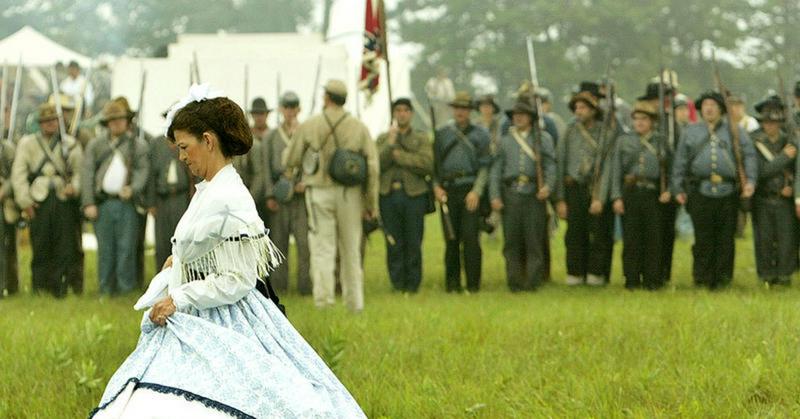Reconstruction Era: What Happened After The Civil War That We Didn't Learn In School?
By | October 25, 2020

The years following the American Civil War, from 1865 to 1877, is a period known as the Reconstruction Era, but the name is a bit misleading. It sounds like a time when battle-decimated infrastructure was rebuilt, plans for the future were hammered out, and political and social relationships were mended, but the reality was that freed slaves faced a new set of obstacles, violence was widespread, and citizens were divided.

Political Division Of The Reconstruction
When the Civil War ended on May 15, 1865, the United States was a mess. The 11 states that had seceded from the union were brought back into the fold, but there was still a lot of work to be done to repair the division in the country. Without a free labor force, the agriculture industry of the South, the predominant industry of the region, could not turn a profit, and as once-wealthy plantation owners watched their money dwindle away, they grew resentful of the factories and manufacturing facilities of the North. In turn, Northerners tended to view Southerners as unruly, disobedient children who needed to be disciplined and kept in check, so the South's leaders were often ignored.

The Black Codes
During this time period, Congress passed three new constitutional amendments. The 13th Amendment, which was ratified on December 6, 1865, outlawed slavery; the 14th Amendment, ratified on July 9, 1868, overruled the Dred Scott case to confer citizenship and constitutional rights upon all people born in the United States; and the 15th Amendment, ratified on February 3, 1870, prohibited any government within the United States, including state governments, from denying voting rights based on "race, color, or previous conditions of servitude."
Of course, that doesn't mean those governments were going to just give up. In the wake of the new amendments, Southern states came up with their own sets of laws that took advantage of various loopholes to disenfranchise black communities and take advantage of their desperation. Some of these laws, known as the Black Codes, prohibited the black population from voting, renting property, or serving on juries. With no other avenues available to them, many freed black Southerners had no choice but to take low-paying jobs as farm laborers in exchange for housing for their families.

Carpetbaggers Vs. The Ku Klux Klan
The Reconstruction Era was a ripe environment for opportunists of all stripes, so Northerners hoping to exploit down-and-out Southern plantation owners traveled south to seek their meager fortunes. They were called "carpetbaggers" after the satchels they carried. Meanwhile, Southern politicians who put regional loyalties aside in favor of personal gains, called "scalawags," took advantage of their fellow Southerners who were struggling in the post-war years.
It was partly in response to these groups that the Ku Klux Klan, one of the oldest and best-known hate groups in the country, formed in 1866. White conservative Democrats were growing increasingly frustrated with their party's political failings, and joining the Klan offered them a path toward empowerment. Very quickly, that path escalated to violence, harassment, and intimidation. A political cartoon published in Tuscaloosa's Independent Monitor in 1868, seen above, shows just what many people expected to become of the carpetbaggers and scalawags once the K.K.K. got ahold of them.

